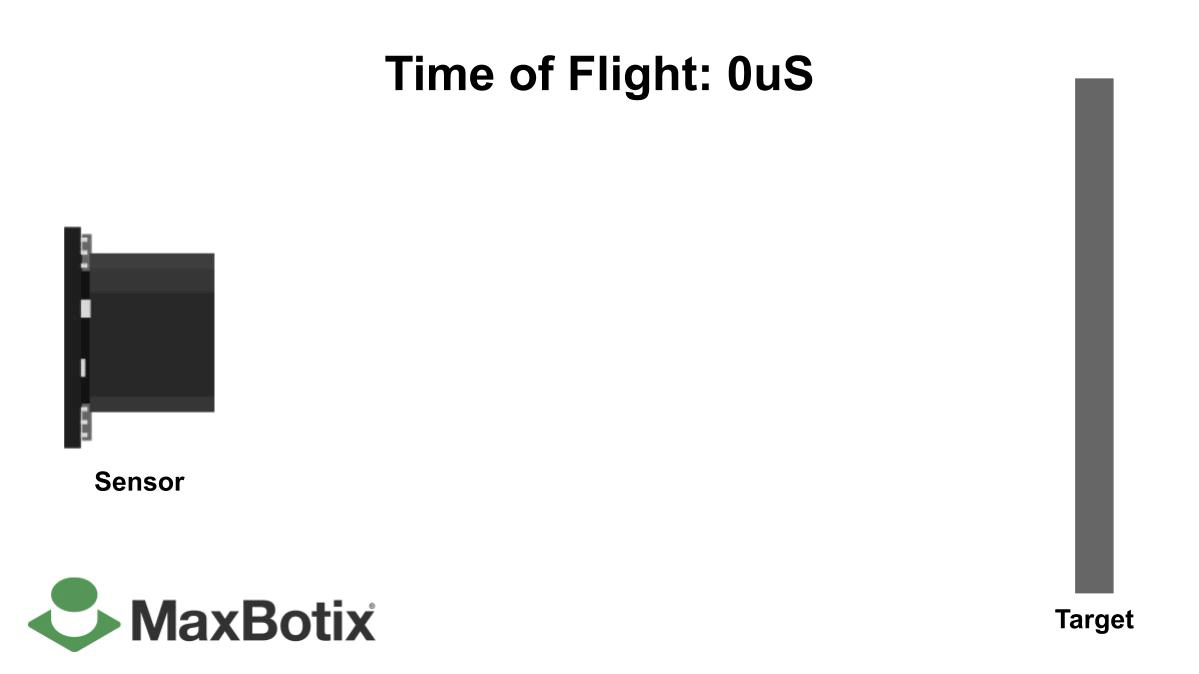If you have gone through the last post on the basics concepts of robots, you may have understood the importance of sensors in a robot. The sensors are the input of the robot system. All sensory modules are interfaced to the computing unit of the robot.
So how to select a sensor for your robot? Well, it will depend on your robotic application. An ordinary ultrasonic distance sensor may be enough for a small obstacle detection robot but for complex applications, you may have to switch to LiDARs. In this post, you can see some of the popular robotic sensors and their application. If you have a robot application in mind, this post may help you to choose appropriate sensors for your robot.
List of robot sensors based on application
In this section, we can see a categorization of robot sensors based on their applications. This will help you to find appropriate sensor modules for your robot.
1. Proximity distance measurement sensors
You may have seen an obstacle avoidance robot in the last post. What is the sensor used in it? It is an ultrasonic/IR distance sensor, right? This kind of sensor is commonly called proximity distance sensors. These sensors can able to find the nearest object distance in front of the robot.
There are different varieties of distance measurement sensors are available in the market. There are one dimensional (1-D), 2D and 3D distance measurement sensors. Distance measurement sensors are also known as ‘Range finders’ meaning it can measure the distance from an observer to a target.
1.1 One dimensional (1-D) range finders
In 1-D range finders, the distance calculation is done line -of -sight, meaning the distance measurement is through a straight line from observer to the object. Examples of the 1D sensors are IR sensors, Ultrasonic distance sensors, optical time-of-flight (ToF) sensors, etc.
Here shows one of the technologies used by 1-D range finders to compute the range.

Here are a few models of IR sensors, ultrasonic distance sensors, and optical ToF sensors.

Applications
- Simple obstacle detection and avoidance
1.2 Two dimensional (2-D) range finders
The 2D range finders mainly consist of laser scanners that can scan a 2D plane and can compute the range measurements. There are static 2D laser scanner and a rotational 2D laser scanner. The static laser 2D scanner can scan only in a limited range of angles, but rotational scanners can scan up to 360 degrees. There will not be any movable parts like motors in static laser scanners, but rotational scanners will have motors to rotate the laser.
Here are a few examples of 2D range finders.

1.2.1 2D Static Laser scanner
1.2.2 2D Rotational laser scanner
Applications
- Obstacle detection and avoidance
- SLAM, Navigation
- 3D Object detection and segmentation
A demonstration video of working RPLIDAR.
1.3 3D range finders
The 2D laser range finders can find obstacles in a 2D plane, but the 3D range finders can find obstacles in the real 3D space. Like in 2D range finders, these range finders can be static or rotational sensors. Most of the 3D static range finder sensors can give range measurement in a specific field of view of the sensor, but there are some exceptions too. The 3D rotational range finders can give 360-degree range finding around the sensor. Here are some examples of static and rotational 3d range finders.
1.3.1 3D Static range finders & RGB-D Camera
In 3D static range finders, there are no movable parts. These sensors can be mounted in one of the robot links. Most of the RGB-D cameras belong to 3d static range finder. The RGB-D cameras use IR projection and reflection technologies to compute the 3d range. These sensors can only give the 3D range within a specific angle.

1.3.2 3D Rotational range finders
In this range finders, there are movable parts. The sensors can able to scan and compute range measurements up to 360 degrees. Most of the rotational 3D range finders are LiDARs. The following sensor gives the 3D ranges in 360 degrees.

Here is a basic tutorial of 3D LiDARs for more information.

A working video of Velodyne LIDAR from a self-driving car


Amazing Post! The post sounds worthy with a good understanding of various types of sensors. Thanks for sharing.
Really informative article,i wanted to know are there any other types of sensors for various applications. If anyone’s interested in knowing more about sensors, you can check this article https://www.universal-robots.com/in/blog/types-of-sensors-in-robotics-universal-robots/